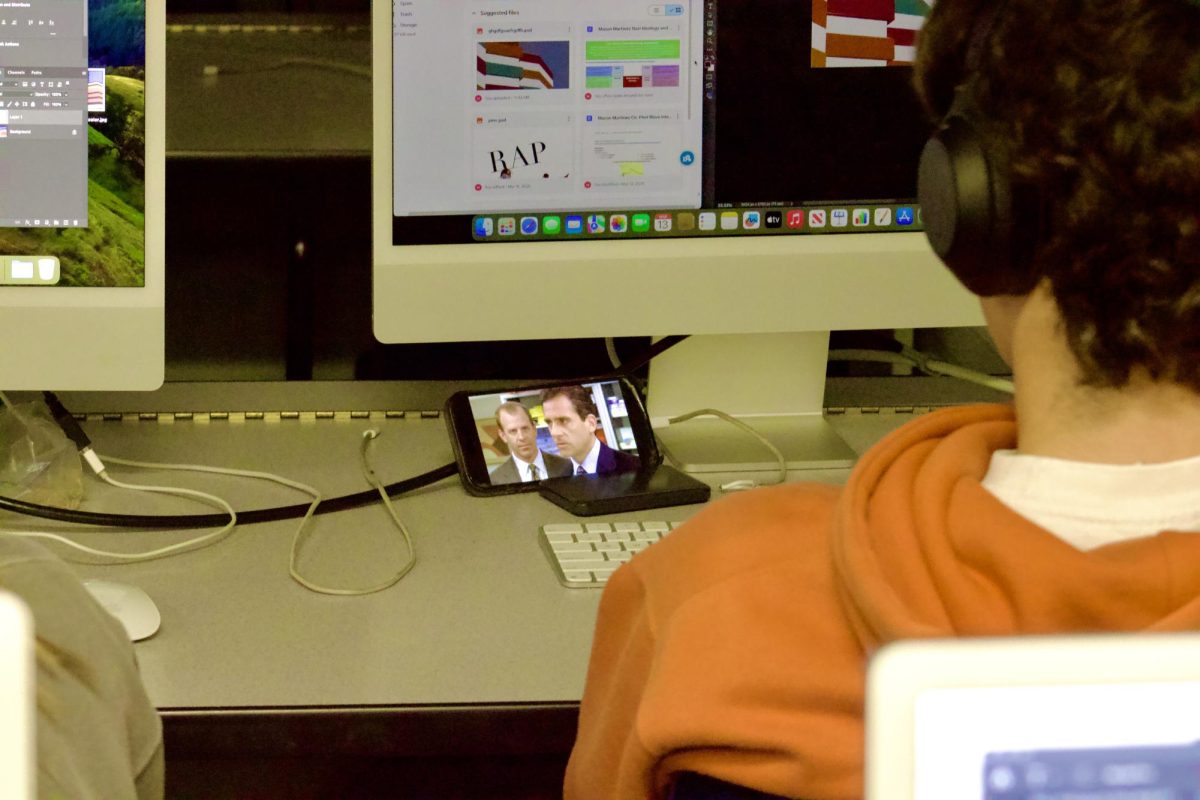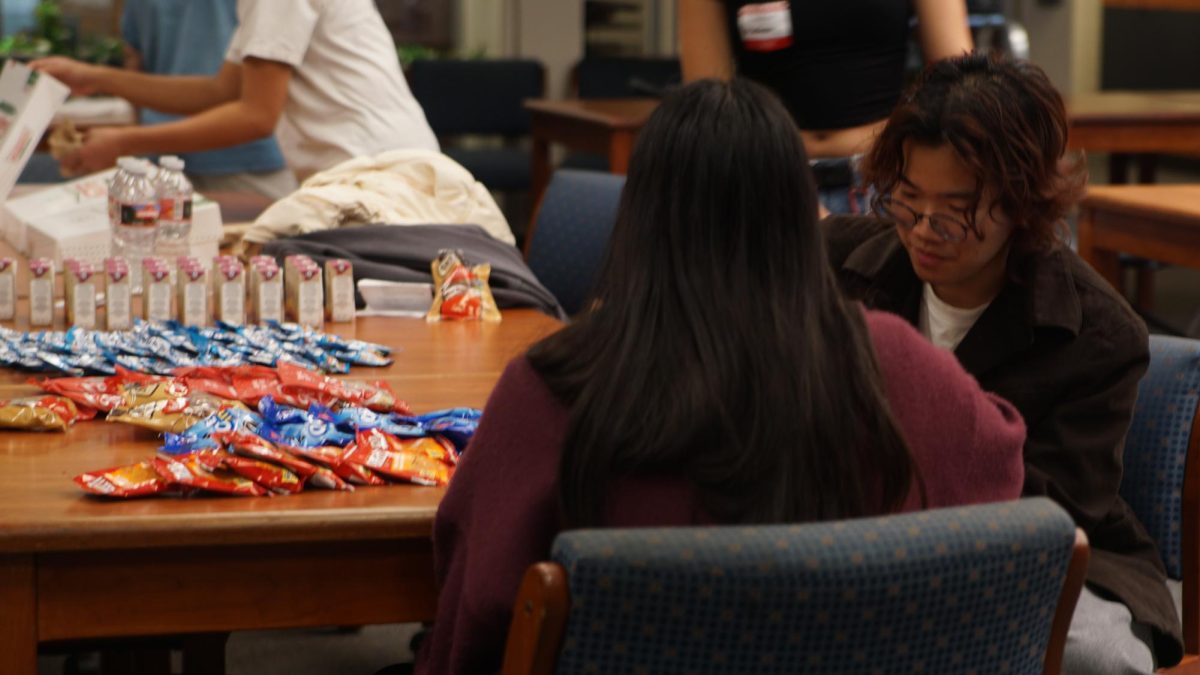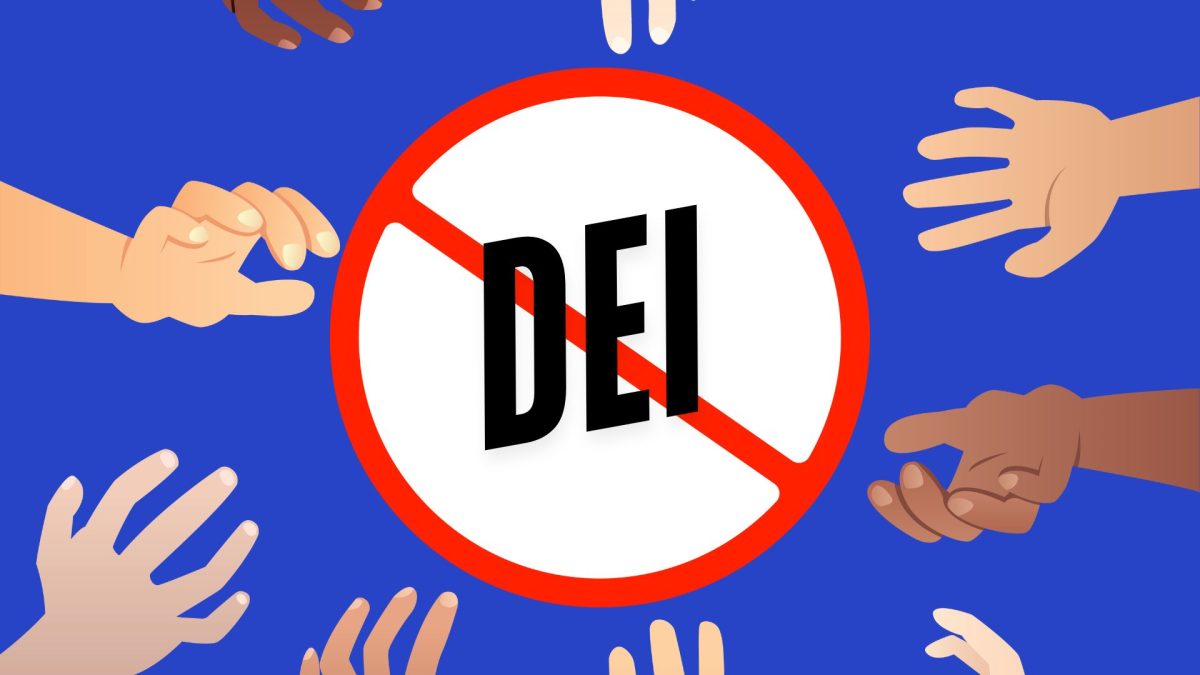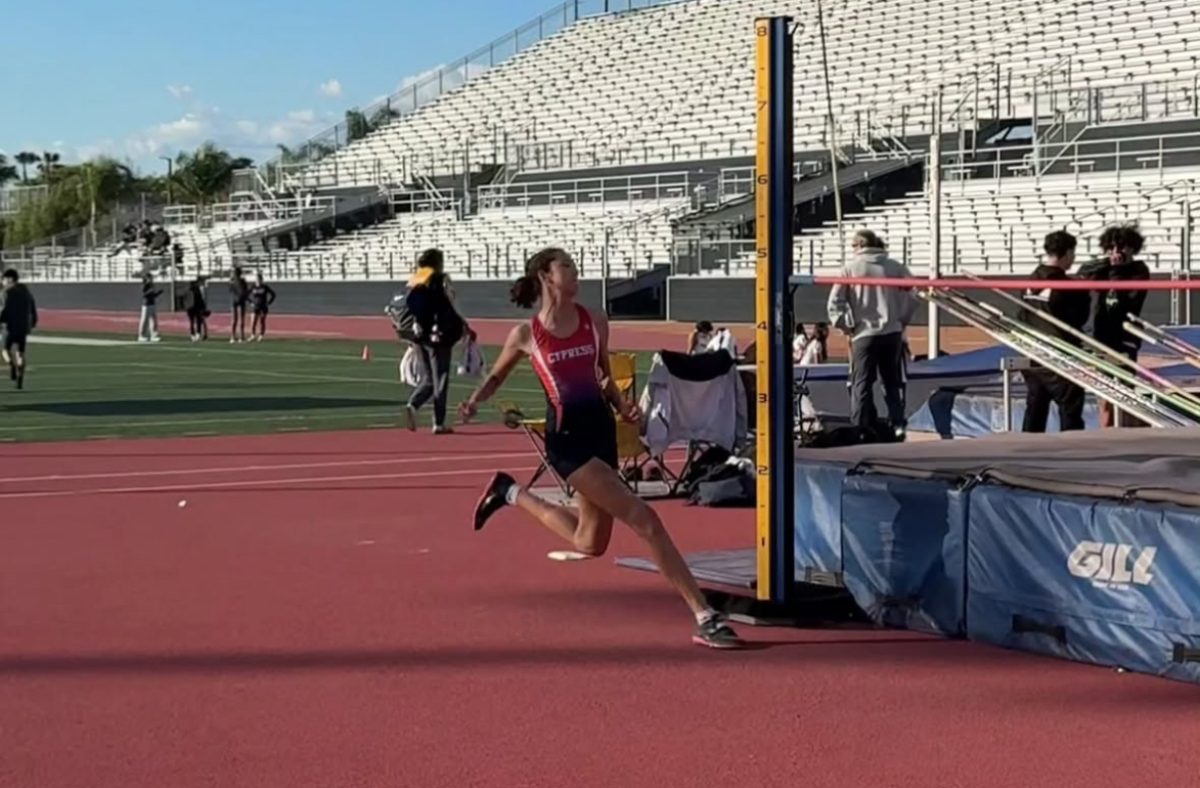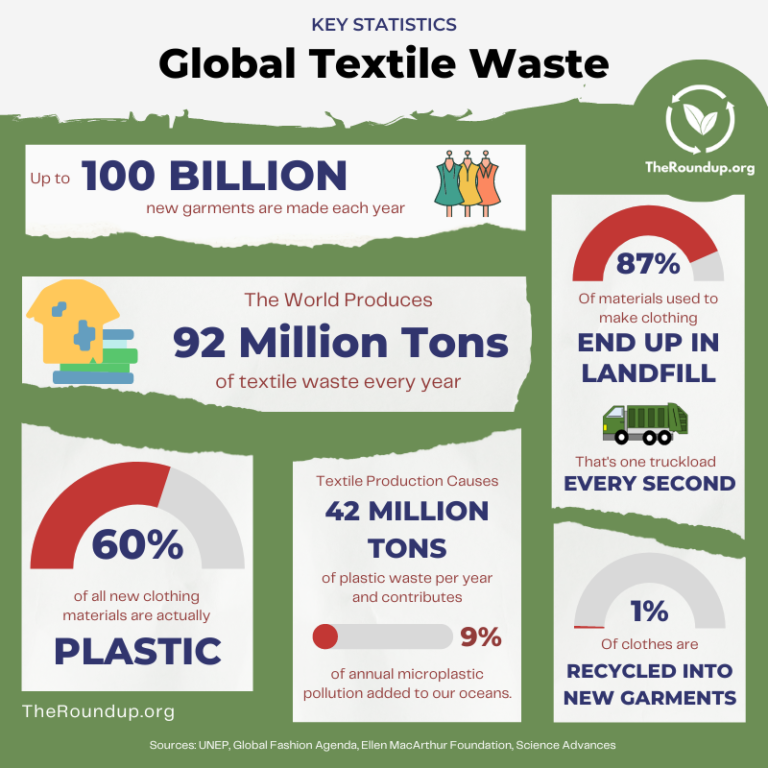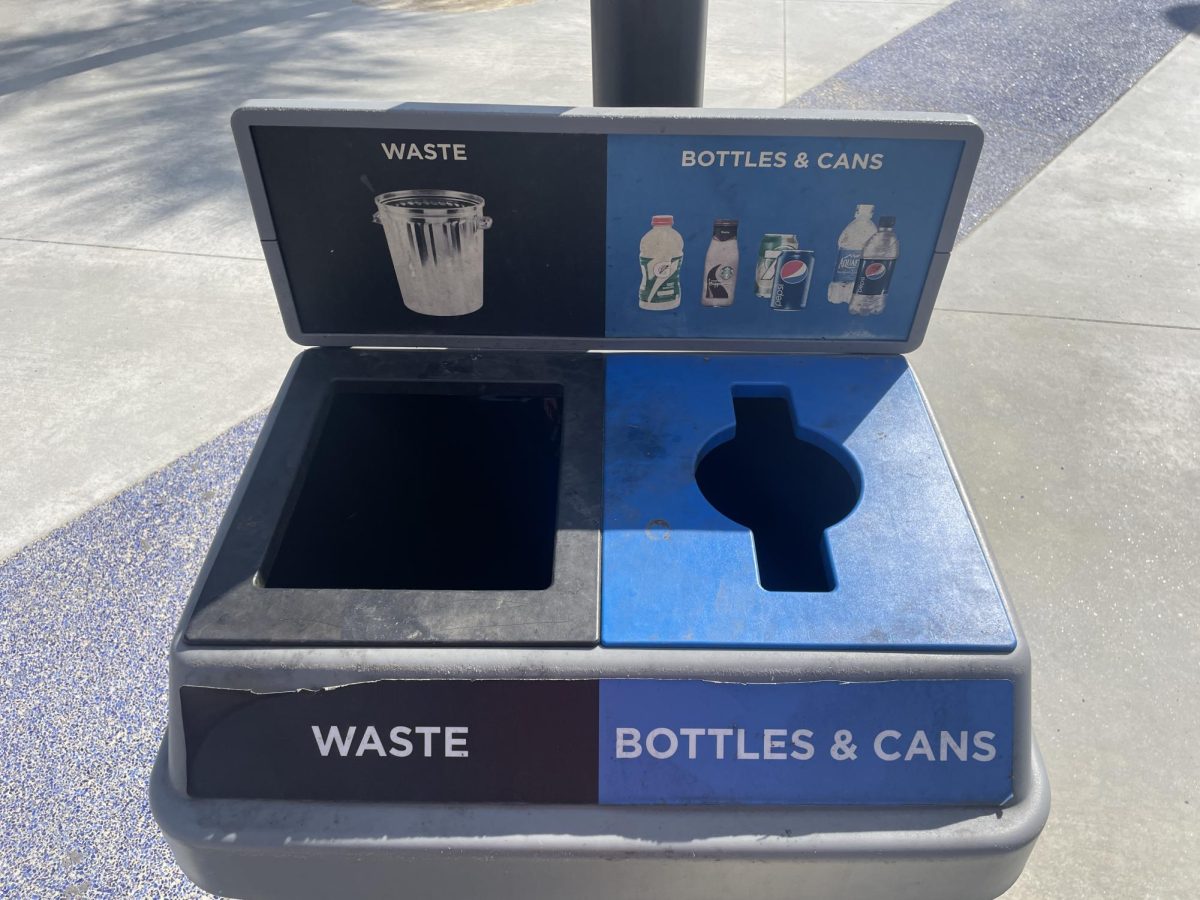Did you know that men throw away more clothes annually due to fashion or style changes than women do? This may be a shock due to women’s widely known relationship with clothing, but the more important words in that sentence are “throw away.” Everyone has many reasons for getting rid of old clothes: doesn’t fit right, are torn up, have a stain, or go out of style. Too often when we are done with a piece of clothing we throw it away rather than giving it a new purpose. According to Boston University, this issue results in over 34 billion pounds of textiles being thrown out in the United States each year. Sixty-six percent of the discarded textiles are sent to landfills in the United States with only 15% of them actually being recycled. Half of those are sent to other countries that are typically located in the Global South. These countries are described as developing countries and the impacts of the discarded textiles sitting in landfills are far more dangerous. This is because they have less advanced waste systems and resources to manage the landfills.
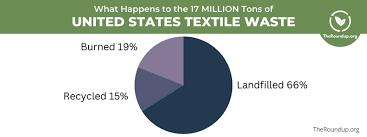
Compare this data with the 20 million children in the United States who are living without basic necessities such as clothing and shoes. This usually means that they are wearing clothes that are too small, or they go without proper footwear, preventing them from participating in certain activities or even going to school at all. So why throw away clothing when others could use it in its exact condition? Additionally, this issue is linked to clothing insecurity that contributes to lower attendance among students who don’t feel they have the necessary attire to attend school. In a world where this issue was addressed, fewer members of the population would experience clothing insecurity, which could result in a wealth of new opportunities being made available for them. Regular school attendance and more academically engaged students are additional results.
The tools we have to work on this issue are clothing bins, local thrift stores that accept donations such as Goodwill, and clothing drives. As community members, we can research the issue and how it specifically impacts our school and local community. Once the necessary information is obtained, possible solutions can be brainstormed. More importantly, organizing people who can help contribute to finding solutions and have their own skills they can bring to the table is key in allowing change to take place. These people can be students, school administrators, community leaders, or friends. Next time you browse the aisles at your favorite thrift store, consider where all the merchandise comes from. Thrift stores have a vast range of merchandise they do and are so popular because of those who donate. Donating to thrift stores is one of the easiest ways to recycle clothing. They use nearly all clothing that is given to them and what they can’t use, they send off to be recycled with companies that work on recycling the clothing materials for a new purpose or give them to those who need them. But thrift stores aren’t the only ones who can do this. These recycling companies will accept material from anyone!
Citizen action is also key to addressing this issue. Mobilizing community members, leaders, and school administrators to raise awareness is one of the first steps toward addressing the problem. Everyone can do their part by researching, collaborating to host bins or clothing drives, and much more. So, in a world where fast fashion and clothes that wear out easily are the norm, recycling clothes can help to reduce the effects of these quick-to-throw-out clothing items and benefit those in need. The next time you go through your closet and find those clothes that just don’t fit anymore, don’t hastily throw them away. Instead, think of how you can give your clothing a new life, whether that be passing it down to someone else, donating to thrift stores, or recycling the materials with companies who look to help fight this exact problem.



